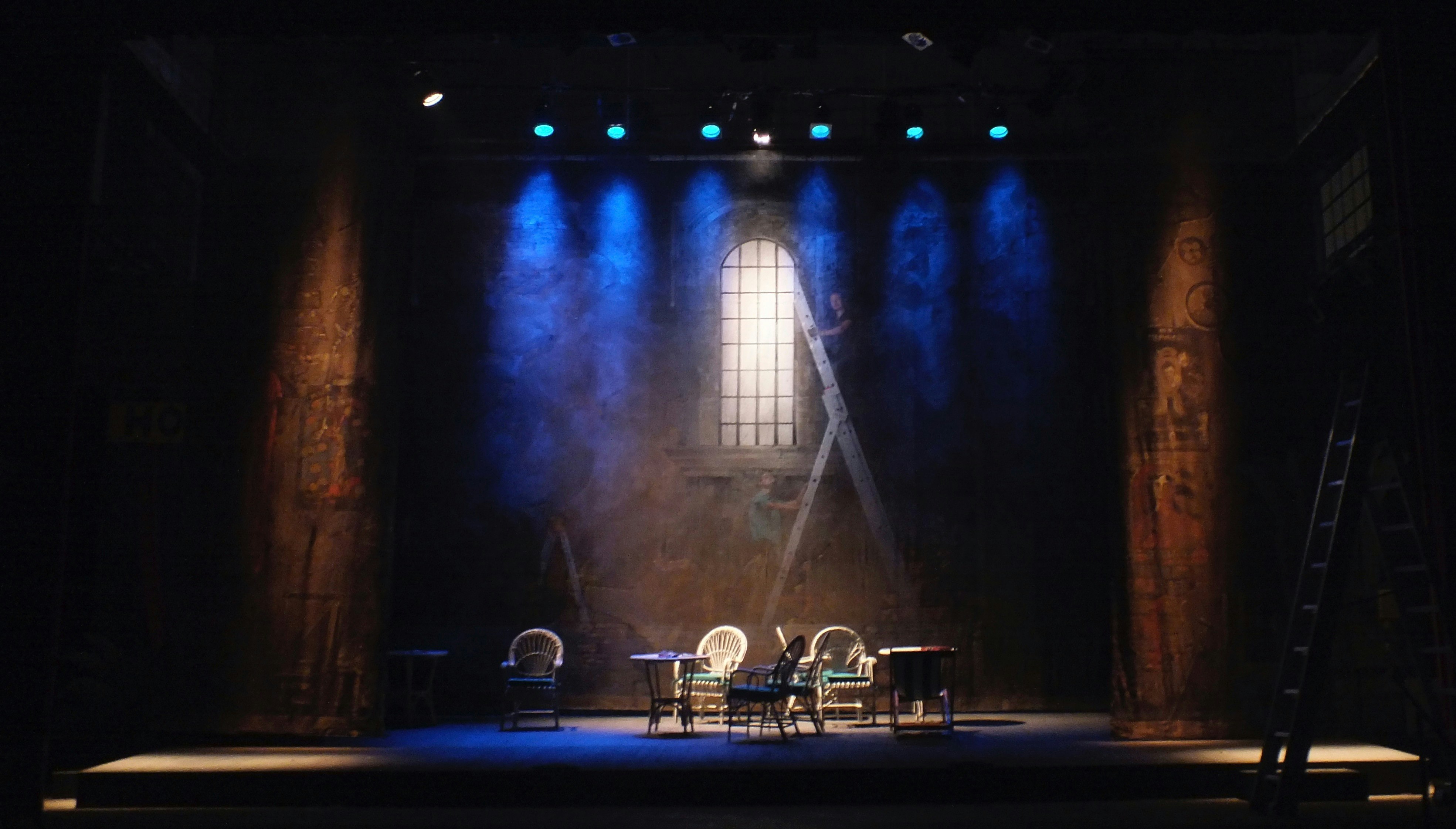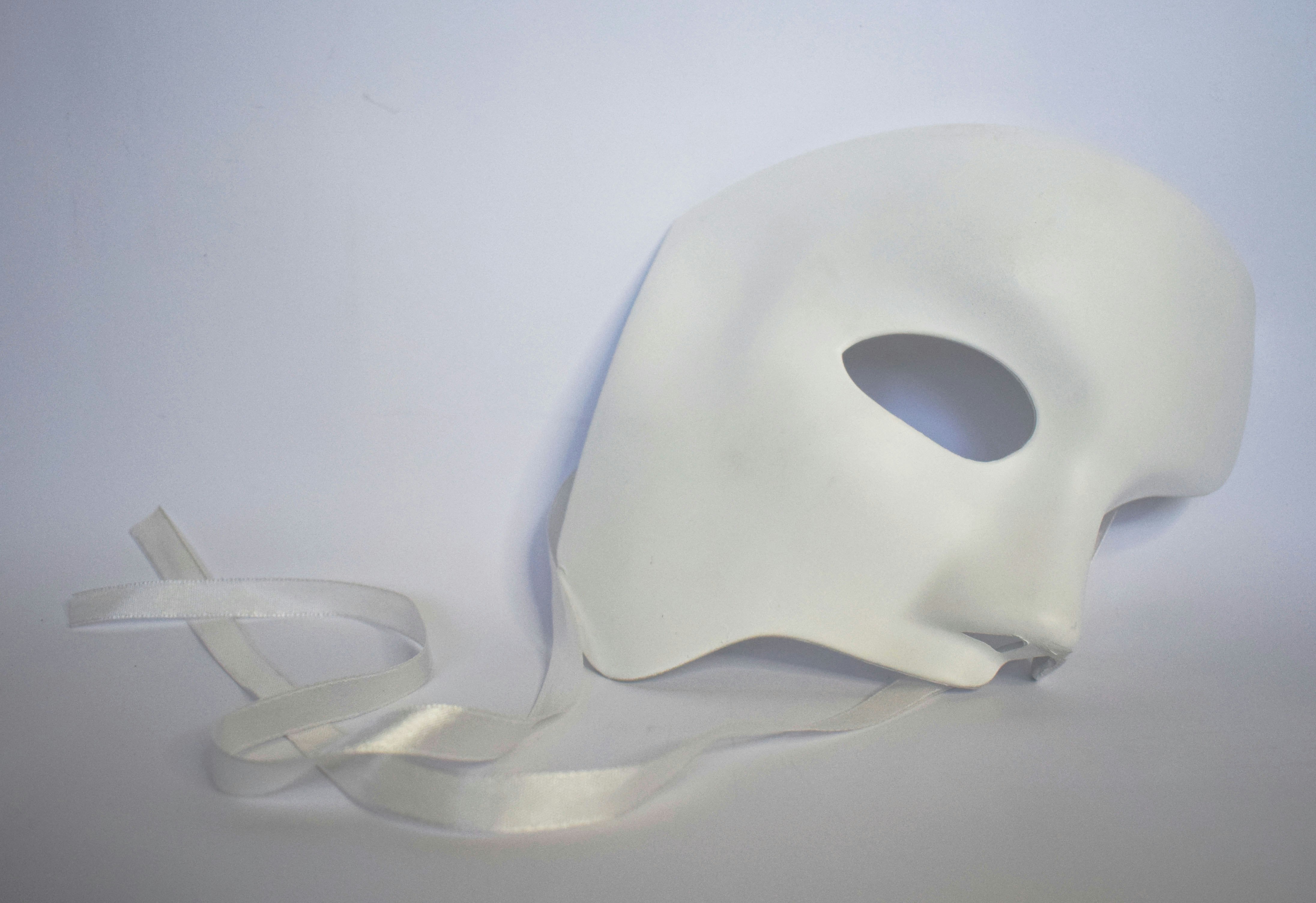How To Write A Stage Play
A stage play involves a few elements at it's very core; dialogue, drama, and action. Whether you choose to write a full-length play, or a short and concise one-act piece, playwriting or dramatic writing gives you a great degree of creative freedom that is unlike novel writing or screenplay writing. There are different elements involved in crafting a stage play, compared to the afore-mentioned.
The thrill of seeing your play unfolding on stage is also unlike reading your book, or watching a movie you may have written or directed. But to be able to do so, you must first be able to visualize how your play will appear on stage from the perspective of audience members. If done well, watching a play can provoke many emotions for your audience, and leave a lasting impression.
What is a Stage Play?
Writing for a stage play, playwriting, is developing a narrative and plot specifically for a theater production. Like writing screenplays for television or film, playwrights write playscripts for actors and characters to performs in real-time or live on stage, in front of an audience.

How To Write Your Very Own Stage Play
1. Develop your Story/Plot
Take as much time as you need to determine a plot or story that your play will revolve around. More than a well-fleshed out story from the beginning, a strong plot is what leads your play, taking your audience and your characters from the beginning to the end.
Brainstorm a few play ideas, so that you have options to choose from. Pick a strong, central message that you want to put across to your audience, and craft a central conflict that can bring that message out the best way possible. If see your play being slightly longer than usual, brainstorm about subplots that can carry your overall message as well.

While picking your central message and crafting a conflict to have play out on stage, keep in mind that everything in your story will unfold live on stage. This makes it imperative that you keep stage production elements like space, props, and backdrops in mind while brainstorming.
If you have a multi-layered or more complex story idea or concept, think about how you can bring this out on stage with the physical nature of a stage play. If you have a complex or surreal concept, think of a creative way to represent it physically. You have the creative freedom of space, props, lights, special effects, backdrops and other elements to play around with!
2. Decide on the Structure of Your Play
Once you've decided on the larger idea; your central message and conflict, start developing an outline by separating your play into acts. Stage plays are divided into acts, and each act is then divided into scenes. Common play structures include :
- 1-act play (relatively short)
- 3-act play
- 5-act play
To develop an outline, write out the beginning, middle and end of your play first. After which, write out the important story beats and plot points that you want your narrative to hit between the beginning, middle and end.
Decide which acts you want your plot points and major story beats to unfold in. Go ahead and separate your plot points into the appropriate, respective acts. Keep in mind that the flow of your story and these plot points need to lead up to both the climax and the resolution in a well-paced manner. This would be understood as following a pattern of "rising action" and "falling action"; leading up to the climax and leading up to the resolution respectively. Don't forget to plot points for subplots, if you have any, as well.
3. Keep in Mind your Limitations
Stage plays differ greatly from novel story writing, or screenplay writing. Unlile novels and screenplays, you have to work with a limited physical space while playwriting. Compared to a novel, you can only include a limited number of locations into your plot; an amount that your stage space can accommodate. Unfortunately, the more locations you write into your narrative, the tougher it becomes for you to translate all of them effectively on stage.
The extent and type of design of your set can drastically affect how your actors perform on stage.If you're having trouble visualizing your set, take time to draw it out. This will give you a reference guide that you can use to consult your set designers and team.

When planning the settings and scene locations for your stage play, use locations or places that are easy to set up, translate to the audience, and for them visualize while watching your play as well. Make sure that the stage layout is easy to follow in your stage play; for your actors and your production team. While there is opportunity for elaborate set design for some shows, consider what you're working with with each stage play and plan your set accordingly.
4. Develop Your Characters
While most novels, screenplays, and other forms of story-telling are character-drive, stage plays are especially dependent on your characterizations. Your audience would be essentially watching multiple conversations unfold between your characters on stage in real-time. This makes it imperative that your characters are as believable as possible. Believable fictional characters are a mix of unique traits, relatability, and a multi-dimensional personality.
Creating strong characters start with giving them compelling motivations. These motivations would drive their characterization, plot their arc, and also hold the attention of the audience throughout the play. This motivation would translate into the actions they take and the decisions they make throughout your narrative as well, and this in turn creates the narrative arc in your story.
Amongst the characters you have crafted, identify the main protagonist, and detail their motivation, goals, traits, and backstory or history. Likewise, identity your antagonist as well; the source of conflict for your main character or supporting characters.
While building your characters, avoid using overused tropes or character clichés. Making sure of this while developing a stage play can make or break the way audience perceive and experience your work because of the real-time and live nature of it. However, feel free and inspired to draw upon your favorite, classic archetypes to create your characters!
In order to craft their motivations and the relationships they have with one another, consider the questions like the following :
- What does your character want badly?
- What, or who, is keeping your character from getting what they want?
- What, or who, stands in their way?
- Who do they rely on?
- What kind of family did they grow up in?
- What is their biggest fear?
- What is their pet peeve?

After detailing your characters as such, you can think about giving them a befitting name, and deciding upon the physical description of your character. This helps during casting for your stage play. Of course, having physical character descriptions that could make it almost impossible for you to cast someone, as an exact mold, would not be advisable. Consider sticking to one notable and telling physical trait. Maybe he or she has a scar above the eyebrow from an altering accident, or always wears hats that cover most of their face because of their introverted personality. This reveals something about them and gives them depth, and gives you options for casting.
5. Write your First Draft!
Now that you are armed with your outline and well-thought out character profiles, you would have a rough idea of how you want your story to flow.

Start writing your first draft. Your first draft will be a exploratory one. It is during this draft that you will truly understand what works and would not work with your play. During this stage, avoid worrying about formatting, or doing things "right" or "correctly,". Treat this is a dumping exercise of sorts; with reference to your outline.
6. Include Stage Directions
Unlike novels, and somewhat similar to screenplays, each scene in a stage play should come with clear stage directions. Stage directions should briefly, but clearly, briefly the physical components of the stage. Depending on the scale of story, this could be elaborate straightforward. This would also include character directions, such as entering and exiting the stage, and any physical actions necessary to the storyline or character development. The actor will then be able to easily translate this on to the stage. While some actors prefer to decide their own movement, after reading the script and understanding the intention of the scene, and is often finalized after conversations and decisions that both the actors and director deem fit for the scene, it would help to have the important physical motions included in the directions.

Apart from actor instructions, note important elements about set design, lighting, or props. Leave time between scenes for technical elements such as scene changes or costume changes. If your play is longer than one act, consider including an intermission so that your audience members have a break to stretch their legs and refresh their minds.
7. Revise and Proofread
After completing your first draft, take a break, and come back to read through the entire play from beginning to end with a clear headspace. Take down notes; possible amendments, elements you want to remove, characters you need to tweak, anything for yourself in the margins. Re-read your script with these noted in mind. Check for inconsistencies, such as continuity or timeline issues, plot holes, or weak dialogues. Ensure that the characters’ actions and behaviors align with their motivation, and can sustain the attention of the audience and is moving the plot forward.
Do not hesitate to be a harsh critic of your early drafts. The harsher you are, the most driven you are to reach the best quality possible for your satisfaction. Do not be afraid to delete scenes or dialogues that meander, characters that do not serve your story's intentions, and stage elements that do not serve your story.
8. Arrange for a Table Read
A table read is an organized script reading session in which actors or producers read the dialogue, stage directions, transitions, and scene headings of your play out loud. You need not get the actual actors that you would cast for a table read, but volunteers or friends for a preliminary table read would do. A table read would highlight elements of your play that you might need to tweak, change, or delete. Hearing your play being read out loud can highlight things you may have glossed over during your writing and proof-reading stages. Pay attention to each line of dialogue and how the action flows. Apply the learnings from the table read to the final draft of your script.
9. Read and Watch!
While delving into the art of writing your own stage play, don't forget to continue watching plays and reading other scripts along the way.

Just as you wouldn't try to write a novel if you'd never read one, it's a good idea to get as familiar as possible with the world of stage plays and theater. Reading other plays will help you to draw inspiration, set pacing, or even help determine the scope of your own world and what you want to write.